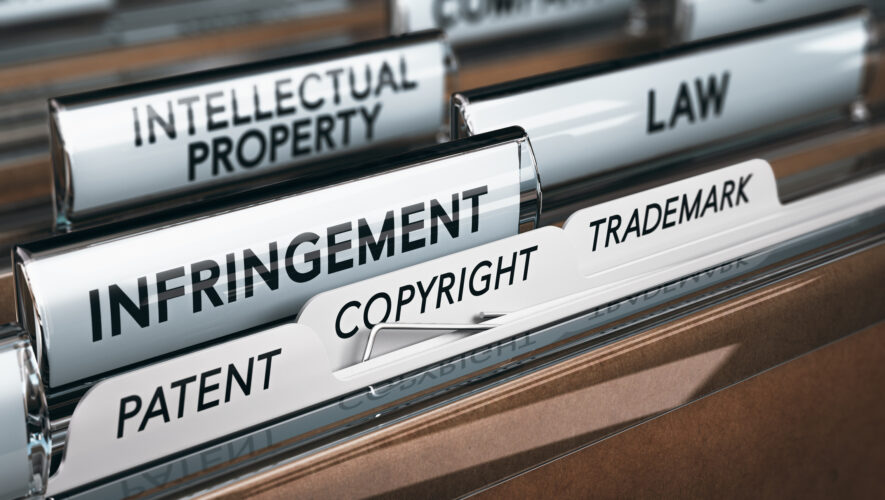Add in irregular accounting practices, and financial treatment of IA becomes bewildering
December 5, 2018
Corporate boards lack the tools to assess the value and risks associated with intangible assets (IA), according to the Licensing Executives Society (LES), which has proposed an IA standard that focuses on board oversight.
LES is a 50-year-old leading association of 10,000 intellectual property, technology and business development professionals in 90 countries.
“No standards exist for directors charged with the task of evaluating their company’s IA,” says Edgar Baum, the Toronto-based vice-chair of the Intangible Assets in the Boardroom Standard committee of LES’ USA and Canada chapter. “Common misconceptions about IA persist within boards, something that’s compounded by the fact that accounting practices are also inconsistent.”
The issue is certainly a live one. As LES points out, Uber doesn’t own automobiles and Airbnb doesn’t own hotel rooms.
Indeed, according to a report prepared by the World Intellectual Property Organization in 2017, IA is twice as valuable as tangible assets across 19 different industries and represents a substantial portion of many companies’ overall value. It includes, among other things, intellectual property (IP), customer relationships, supply chain contracts, assembled workforce and franchise rights.
“Even C-suite types have trouble managing intangibles in an express way,” says Paul Roberts of San Francisco, LES board counsel and co-founding chair of the proposed standard. “By way of example, boards tend to deal with IP, which is a subset of IA, by cordoning it off to the legal department as a legal issue rather than addressing it as a valuable asset.”
LES, which is accredited by the American National Standards Institute, believes that the availability of a consistent framework for boards to understand the extent to which IA is driving shareholder value will result in better management oversight, risk assessment and transparency for shareholders.
The standard envisages a five-step process built on six core principles, a materiality filter and a terminology translator, all aimed at effective oversight of IA within the context of commonly used financial metrics.
Its core principles encourage directors and management to use a common language in dealing with IA, to understand which IA drive material company value and pose material risks to that value, and to appreciate the relationship of IA to competitive advantage and how to maintain that advantage. The principles also emphasize an awareness of brand value as among “the most valuable IA which is tough to build and quick to destroy, which influences buyer decisions, litigation/regulatory exposure, cash flow, market share and market capitalization.”
As always, an appropriate corporate culture is critical to implementation. To this end, the core principles state that “Directors need to ensure (that the) company approaches IA oversight as enterprise-wide value creation, competitive positioning and risk management issues, not simply as legal, compliance or technology issues; and be comfortable that adequate resources are requested, provided and engaged.”
Given the lack of cohesive and consistent accounting standards for the treatment of IA, a governance standard assumes even greater importance. As things stand now, accounting treatment of IA can be bewildering.
“Perhaps the most glaring example is the different treatment of assets on the books of the company that created the assets as compared to the treatment of these assets on the books of a company that acquires them from the creator,” Baum said.
IA is twice as valuable as tangible assets across 19 different industries and represents a substantial portion of many companies’ overall valueWorld Intellectual Property Organization
The situation is even more confounding in Canada where International Financial Reporting Standards (IFRS) standards have been the rule for public companies since 2011, even as the Canadian Securities Administrators have allowed Canadian companies registered with the U.S. Securities and Exchange Commission to file their financial statements in Canada using U.S. GAAP (generally accepted accounting principles).
“We’re in a complicated and weird middle ground because there are conflicts between the U.S. GAAP approach and the IFRS approach to IA,” Baum said.
Roberts, who calls the LES standard an “agnostic methodology which is important because every company is unique,” is hopeful that it will spur improvement in IA-related GAAP and valuation practices.
“We’re hoping that the standard will garner the attention of influential bodies like ISS (Institutional Shareholder Services) and maybe even some regulatory groups,” he said.
The standard, he adds, need not be mandatory to ensure its effectiveness, especially in the litigation context.
“I think a carrot approach that provides a safe harbour to directors of companies who follow this methodology would work well,” he said. “It addresses in-depth what GAAP may not address adequately or consistently, which could have a permanent effect on board-related IA lawsuits.”
Three years in the making, IA in the Boardroom had its public unveiling in October at LES’ annual meeting in Boston.
“We’re just at the advent of having our standard tested and enhanced through further internal and external involvement,” Roberts said. “We’re hoping that significant uptake will take place in months, not years.”
